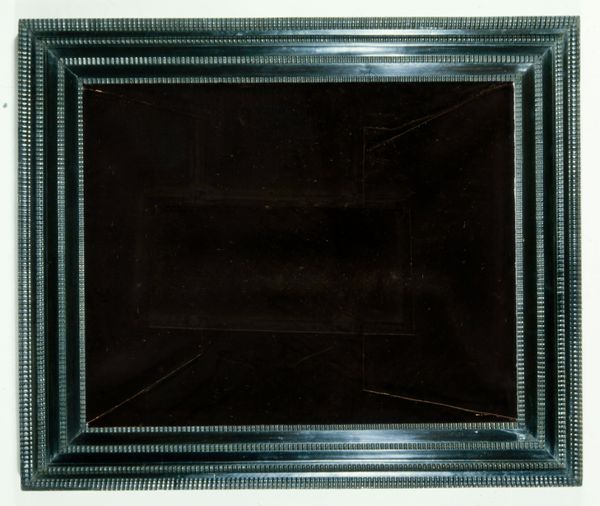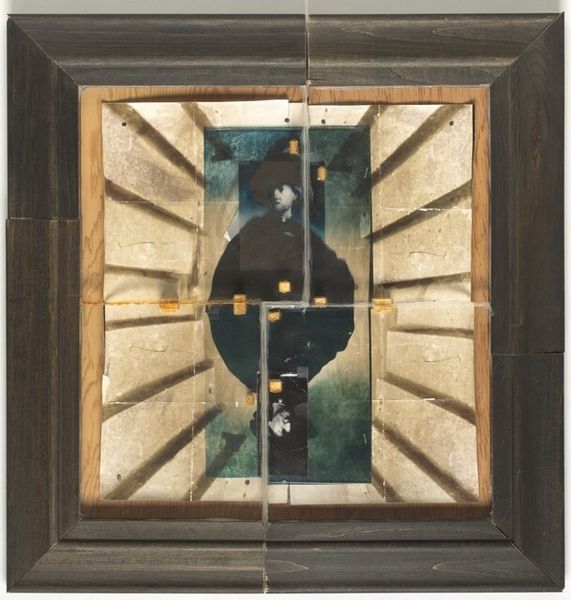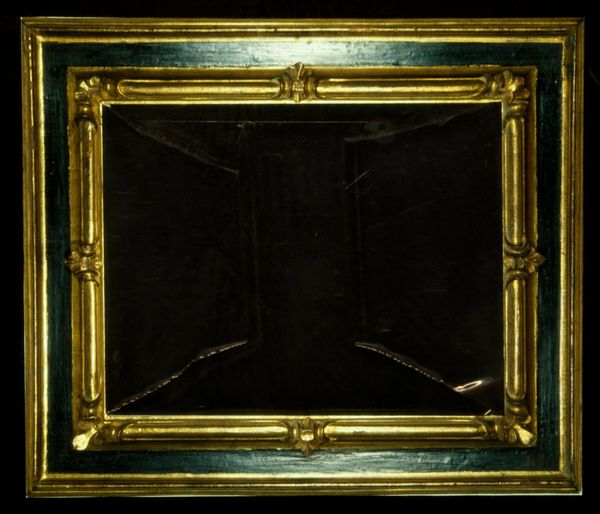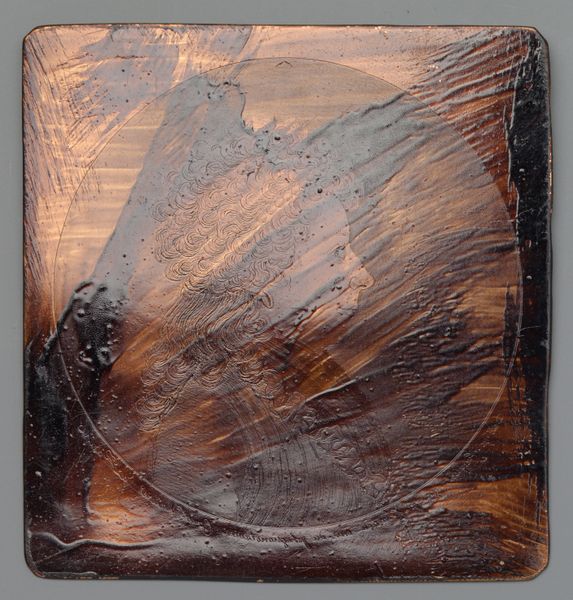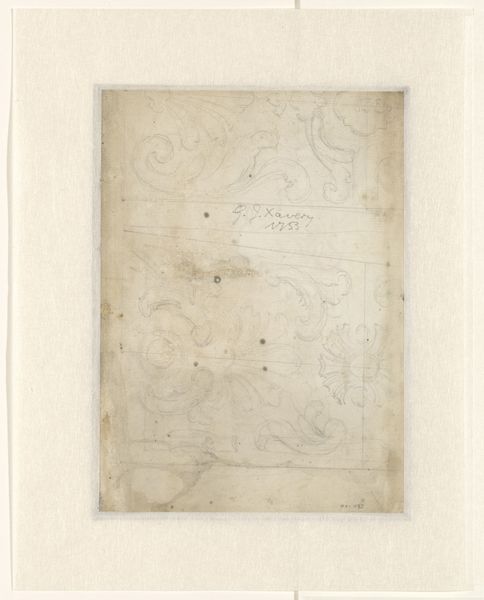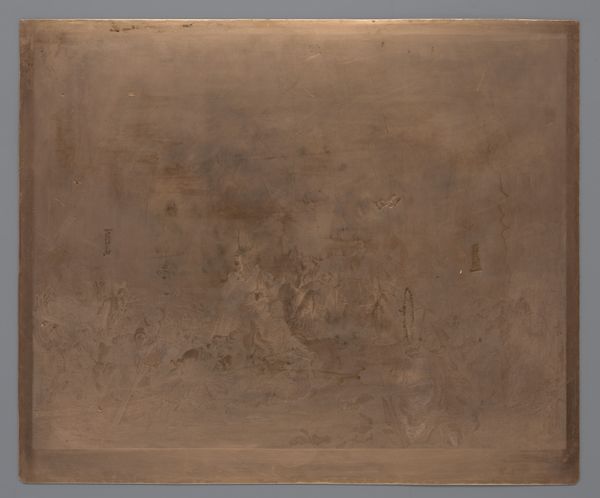
wood
#
sculpture
#
11_renaissance
#
wall hanging
#
wood
#
italian-renaissance
Dimensions: 29 1/2 x 26 in. (74.9 x 66 cm)
Copyright: Public Domain
Curator: Here we have an exquisite Wood Cassetta Frame, crafted around the 16th century, now residing at the Minneapolis Institute of Art. Editor: It has a strangely haunting beauty, doesn't it? A deep, brooding stillness. Makes you wonder what masterpieces it once cradled. Curator: Indeed. Cassetta frames, particularly those hailing from the Italian Renaissance, were prized objects in and of themselves. This example demonstrates the intersection of craftsmanship and artistic expression. The very materiality speaks of societal values. Editor: Absolutely. The frame seems almost more compelling than any artwork it might have contained. The black paint is peeling, just the right touch of imperfect perfection! One could say it has its own kind of presence or spirit. Curator: I'm particularly interested in the artisanal labor embedded in this object, the choices around its design and what types of images it might contain. Woodworking guilds carefully constructed and ornamented them. And they weren't just frames—they were assertions of wealth, taste, social position, a means of distinguishing yourself! Editor: You are absolutely correct. Consider the black and gold patterns etched along the surface. Are they purely decorative, or might they also whisper secrets of hidden symbolism? Is the dark background some forgotten shade from the artist’s soul? Or does it offer merely an aesthetic foil to elevate a bright picture? Curator: Well, from a materialist perspective, they provide insight into trade networks, access to precious materials, and the culture of consumption within the Renaissance art market. The wood itself had to be sourced, prepared, and worked—a complex chain of production we often overlook when admiring "high art." Editor: Still, even now it feels like an open invitation, inviting one’s reflection on what lies within. More so given its aged look! This "arte povera" elevates its historical aura to an imaginative state. One imagines its many changes—light shifting, the scent of wax or oils and even how it looks! What do you reckon this all signifies? Curator: I believe the historical value lies less on imagining what paintings are on view, but how it shows off the culture of artistic materials of its age. Editor: Fascinating, as the centuries fold into this small piece of wood...a testament to its continued strength. Curator: Agreed, a small but quite mighty reminder.
Comments
No comments
Be the first to comment and join the conversation on the ultimate creative platform.
